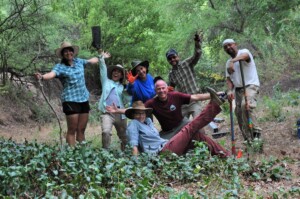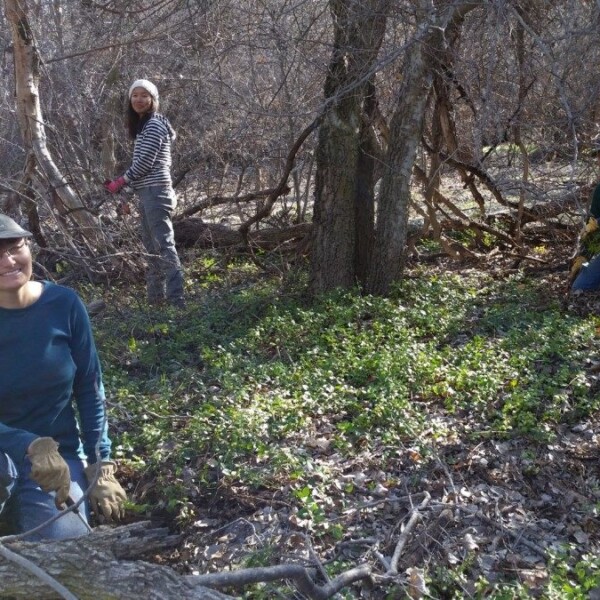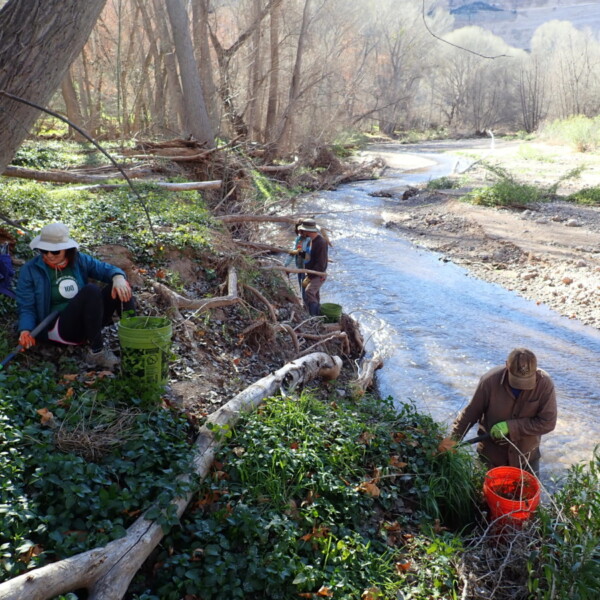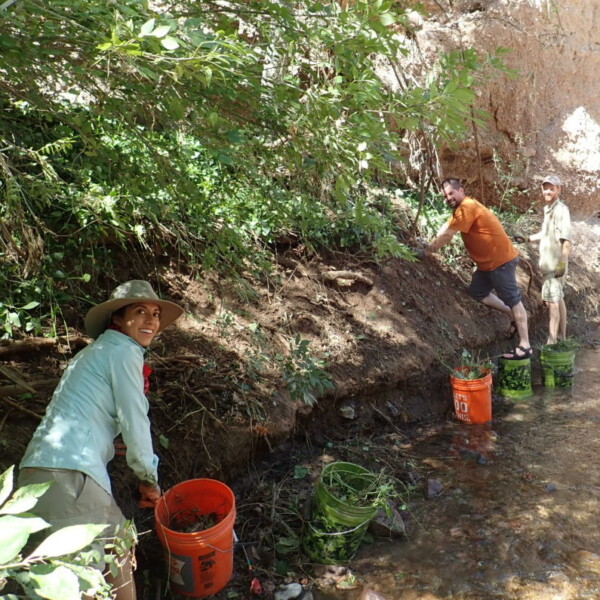Periwinkle (Vinca major)
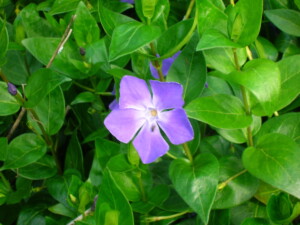
Greater periwinkle (Vinca major) is a flowering vine native to the Mediterranean and is popular in homes and gardens for its attractive purple flowers. While it looks nice in your backyard, vinca is an aggressive invasive species if it’s accidentally introduced into the right areas.
In Arizona, vinca spread from homes and gardens and has taken root. You can now find it in riparian areas and canyon bottoms across the region. Vinca requires shade to avoid being roasted by the Arizona sun. So the large cottonwoods, sycamores, and ash trees provide the ideal cover for this plant.
Vinca creates a thick mat of vines and roots on the forest floor. Which in turn blocks the native plants from growing, creating an invasive mono-culture. Additionally, vinca has little nutritional value and is unpalatable to most animals. Since nothing is eating it, vinca can spread rapidly in a few years. Vinca’s aggressive spread across the forest floor and it’s exclusion of native plants makes it necessary to remove it from our canyons.
Sky Island Alliance’s Role
For over four years, Sky Island Alliance (SIA) has been working with the Nature Conservancy (TNC) and the Bureau of Land Management (BLM) in Aravaipa Canyon in an effort to eradicate vinca to restore the health of this beautiful canyon. Efforts have included hand-removal and the use of herbicides to determine what is the most effective method of removal.
However, vinca is not an easy plant to get rid of once it has been established. Vinca has long trailing vines above ground, and long net-like root system called stolons underground. This plant is so successful in spreading because of a process called vegetative regeneration. This is when a plant can re-sprout from cutting of leaf or root to form a ‘clone’ of the original.
Vegetative regeneration makes it very hard for manual removal. Because if any piece of the plant is left, it can re-sprout and grow back later. It only takes a 3 inch piece of root or stem to re-sprout! When SIA volunteers remove vinca by hand we must be very careful to remove all the roots in the ground, and pick up all the cuttings. This leads to a very time consuming but rewarding task once an area is cleared by volunteers.
Moving Forwards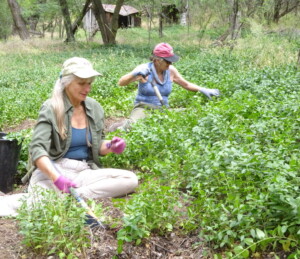
Sky Island Alliance’s newest project in partnership with the TNC preserve, the University of Arizona (UofA), and the National Park Service (NPS) invasive plant management team will be to test the effectiveness of different treatment strategies.
While SIA has been making a dent in the vinca in Aravaipa. However, the vegetative regeneration has made the work go slow. So a scientific test to see what method is most effective in removing vinca is an exciting step for SIA.
This study will utilize replicate plots of vinca to test if manual removal, herbicide treatments, or a combination of the two. This will help determine what is the most effective in removing vinca. SIA is providing the volunteers to manually remove the vinca, while our partners will be doing the spraying.
Are you interested in removing vinca with Sky Island Alliance? If so, please sign-up for our volunteer email list to be the first to hear about our next trip!

